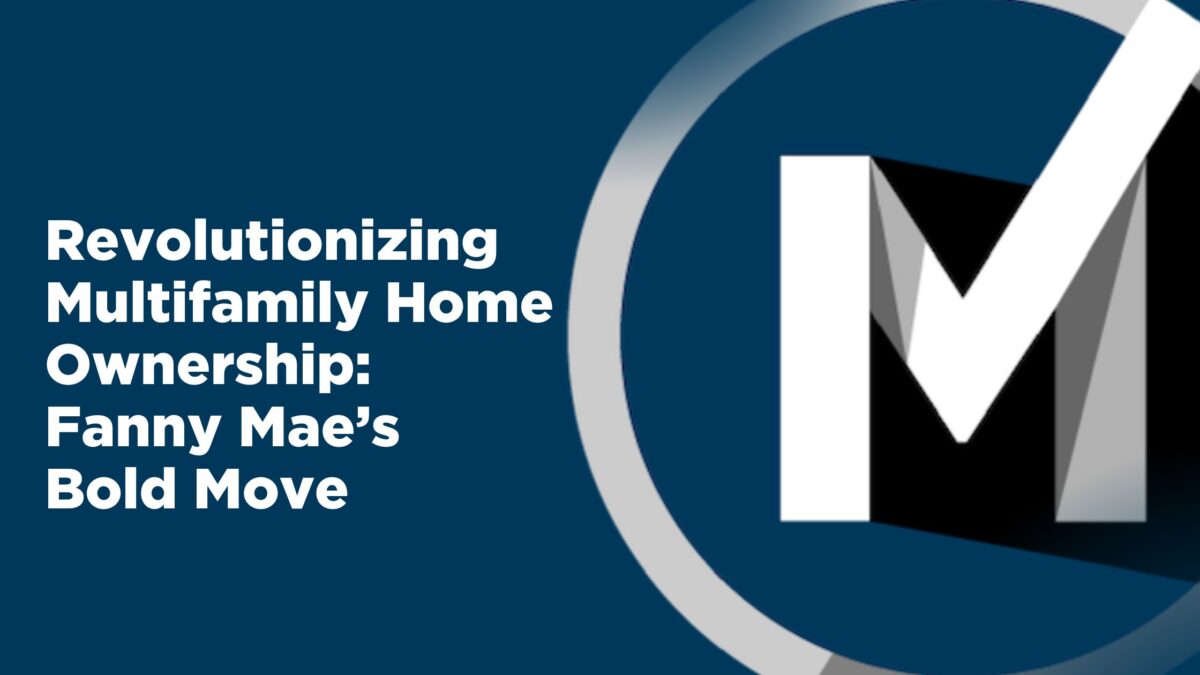
Revolutionizing Multifamily Home Ownership: Fanny Mae’s Bold Move
In a recent transformative policy update, Fanny Mae has dramatically reduced the down payment requirements for purchasing multifamily homes, a move aimed at making real estate investment more accessible to a broader audience. This pivotal change slashes the traditionally hefty down payment from 15%-25% all the way down to an astonishing 5% for duplexes, triplexes, and quadruplexes. However, this groundbreaking opportunity comes with a crucial caveat: the reduced down payment is exclusively available to those who wish to make the multifamily property their primary residence.
Opening Doors to Investment and Ownership
The implications of this policy shift are profound, potentially serving as a golden ticket for aspiring real estate investors and homeowners alike. For too long, the formidable barrier of a sizable down payment has deterred many from venturing into real estate investment or even stepping onto the property ladder. Fanny Mae’s initiative is poised to dismantle this barrier, offering a more attainable pathway to owning and investing in multifamily properties.
Strategic Benefits and Considerations
This move not only facilitates easier access to home ownership but also innovates the approach to real estate investing. By purchasing a multifamily home and occupying one unit while renting the others, individuals can effectively offset mortgage costs with rental income. This strategy, often referred to as “house hacking,” provides a unique blend of financial prudence and investment savvy, particularly appealing to first-time buyers and new investors.
Moreover, the influx of accessible multifamily homes could usher in a new era of affordable rental units, addressing a critical need in many communities. While the adjustment introduces the necessity of paying mortgage insurance for those not making a 20% down payment, the long-term investment benefits, including potential wealth creation through property appreciation and rental income, are persuasive arguments in favor of embracing this opportunity.
Navigating the Financial Landscape
For potential buyers concerned about qualifying for a loan under these new conditions, Fanny Mae’s guidelines offer reassurance. Rental income from the property can significantly enhance loan application attractiveness, with provisions allowing the use of current or projected rental income to meet qualification criteria.
A Catalyst for Market Growth
Beyond individual benefits, this policy revision is set to incentivize builders and stimulate the construction of more multifamily homes, thereby enriching the housing stock and promoting more sustainable development patterns. Such an environment not only benefits prospective homeowners and investors but also contributes to broader economic and social objectives of housing accessibility and diversity.
Engaging with the Future of Real Estate
As this policy takes effect, the real estate landscape is poised for notable changes, with potential impacts on market dynamics, affordability, and investment strategies. Whether you’re a seasoned investor, first-time buyer, or somewhere in between, the opportunities presented by Fanny Mae’s updated guidelines merit serious consideration and exploration.
We encourage you to dive deeper into this topic, share your thoughts, and join the conversation about how these changes might influence your own property journey or the real estate market at large. For more insights and updates on real estate trends, don’t forget to engage with us through comments, likes, and by subscribing for future content.
Happy investing and home ownership!
This response is tailored to address and summarize the significant content and insights from the provided video link, focusing on the impactful changes introduced by Fanny Mae to multifamily home purchasing requirements.






